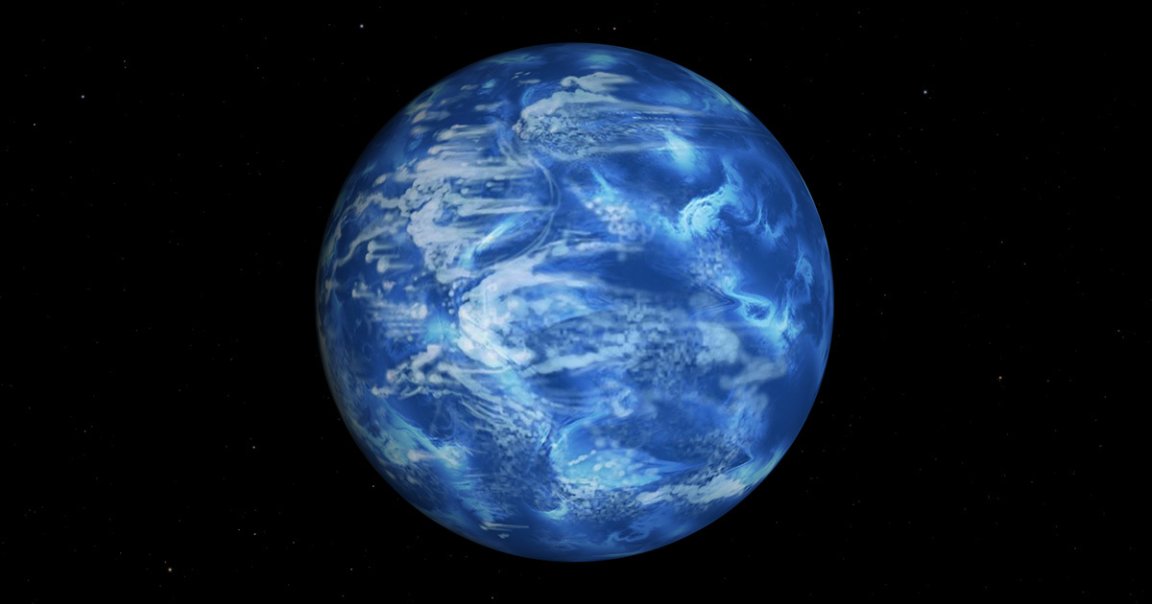
Smell on Earth
The visual wonders of the universe range from awe-inspiring comets streaking our night skies to the ethereal spirals of far away galaxies.
But in the glittering tapestry of the cosmos, there’s at least once locale — a giant gaseous exoplanet, in fact — that may put you off, because the place smells as rank as rotten eggs.
An international team of scientists published a new paper in the journal Nature about this smelly exoplanet, dubbed HD 189733b, and how they used the James Webb Space Telescope to characterize its unique chemical composition.
The planet, which scientists found in 2005, is about 64 light years away from us, CNN reports, and is 10 percent bigger than Jupiter.
After training the James Webb on the exoplanet, scientists were surprised to discover that HD 189733b has hydrogen sulfide, a toxic gas that smells like rotten eggs and which has not been detected outside our solar system until now.
Jupiter also has hydrogen sulfide, and scientists have predicted other gas giants elsewhere would have the same chemical, according to CNN.
“The high precision and infrared capability from (the Webb telescope) allow us to detect hydrogen sulfide for the first time on exoplanets, which opens a new spectral window into studying exoplanet atmospheric sulfur chemistry,” Johns Hopkins University astrophysicist and the paper’s lead author Guangwei Fu told CNN. “This helps us to understand what exoplanets are made of and how they came to be.”
A Deadly Place
HD 189733b is also notable because its orbit hugs quite close to its star, even closer than the planet Mercury is to our own Sun. Hence, despite sporting a peaceful blue hue, this exoplanet is a fiery hell with average temperatures at around 1,700 degrees Fahrenheit.
What’s also wild about this planet is it has super fierce winds that would make the hurricanes on our planet look like calm skies, with wind speeds as high as 5,400 mph.
The wind is also full of a deadly surprise — glass-like rain falling sideways at such a rapid speed that the precipitation would slice anybody into pieces.
It would be a terrible idea to visit this place, but we can at least admire it from afar thanks to the James Webb Space Telescope.
Smell you later!
More on exoplanets: James Webb Spots Habitable, Icy Exoplanet Relatively Close to Earth